Growing pineapple coconuts helps Mr. Ngan Van Phi earn nearly 20 million VND/month
Effective direction
According to the Department of Agriculture and Rural Development, in recent years, farmers' awareness of applying scientific and technical advances and using quality seeds in production has been increasingly improved. In addition, the guidance, propaganda and mobilization of farmers to comply with the policy of converting appropriate crop structure of the Department of Agriculture has brought about efficiency, contributing to increasing farmers' income.
In Tan Hung district, in recent times, the cultivation sector has changed in line with the restructuring orientation of the agricultural sector, which is to reduce the area of ineffective rice cultivation and increase the area of vegetable and fruit trees. Deputy Head of the Department of Agriculture and Rural Development of Tan Hung district - Phan Van Ni informed that the current trend of crop conversion is to convert ineffective gardens into specialized gardens and establish new gardens on ineffective rice and vegetable growing areas. This is the right direction for the restructuring project of the province's agricultural sector.
"Proactively converting a part of the area to grow high - value crops initially brings efficiency and increases income for farmers, improving production value per unit area compared to rice cultivation" - Mr. Phan Van Ni added.
In 2013, Mr. Ngan Van Phi (Hung Thanh commune, Tan Hung district) boldly converted 2 hectares of ineffective rice land to grow pineapple coconut trees. After more than 4 years, his coconut garden began to yield harvests. On average, each month, he sells about 2,000 coconuts, at 10,000 VND/fruit, earning nearly 20 million VND.
Mr. Phi shared: “Because my family’s land is located in a high hill area, rice production is ineffective. Since switching to coconut farming, I have found it very suitable for the land here. This type of coconut is very easy to grow, requires little fertilizer or pesticides. Compared to rice farming, coconut trees bring economic efficiency 3-5 times higher.”
Recently, many farmers in Tan Hung district have chosen sesame to replace rice. According to information from the Department of Agriculture and Rural Development of Tan Hung district, in the 2022-2023 Winter-Spring sesame crop, farmers planted over 430 hectares, and have so far harvested over 60 hectares. According to sesame farmers, this year, sesame has grown well, with few pests and diseases, an average yield of 0.8 tons/ha, a selling price of 42,000 VND/kg, and farmers earned a profit of nearly 18 million VND/ha.
Farmers take care of durian gardens, prepare to process the fruit
In addition, the entire Tan Hung district currently has over 100 hectares of jackfruit, 14 hectares of mango, 15 hectares of durian, 13 hectares of grapefruit, etc. Most of these areas are in the harvest stage and bring higher economic value than rice cultivation.
Need to strengthen links
However, the conversion of crop structure in Tan Hung district is still unsustainable due to the impact of many factors, especially market prices and product output. The reason is that the conversion area is still spontaneous, not suitable for the general plan, there are no processing factories and not many enterprises to consume products. Some converted crops have poor competitive advantages, product output is not stable due to small and scattered production scale, causing difficulties in applying technical advances in cultivation and quality control.
In some localities, the conversion of crop structure has not been linked to chain production, production has not been linked to processing and product consumption, making it difficult for businesses to purchase good quality products in large quantities at the same time.
Deputy Director of the Department of Agriculture and Rural Development - Nguyen Chi Thien said, in order to convert crops on rice land to bring sustainable efficiency, the provincial Department of Agriculture recommends that localities need to strengthen propaganda, mobilization and widely disseminate the purpose, meaning and effectiveness of converting crop structure on ineffective rice land to other crops to adapt to the current climate change situation.
At the same time, localities need to organize training and provide technical guidance on each type of converted crop for farmers to increase production efficiency; promote connections and invite businesses to participate in production linkages, supply good varieties and stable product consumption for farmers.
“In the coming time, the industry will continue to monitor the production situation, inspect and protect crops against harsh climate, drought and unusual salinity; recommend and guide farmers to choose suitable crops; increase support for traceability, issue codes for growing areas and packaging facilities in the area; promote consumption links with supermarket systems and e-commerce platforms;... to stabilize agricultural product output for farmers" - Mr. Thien added./.
Bui Tung
Source link


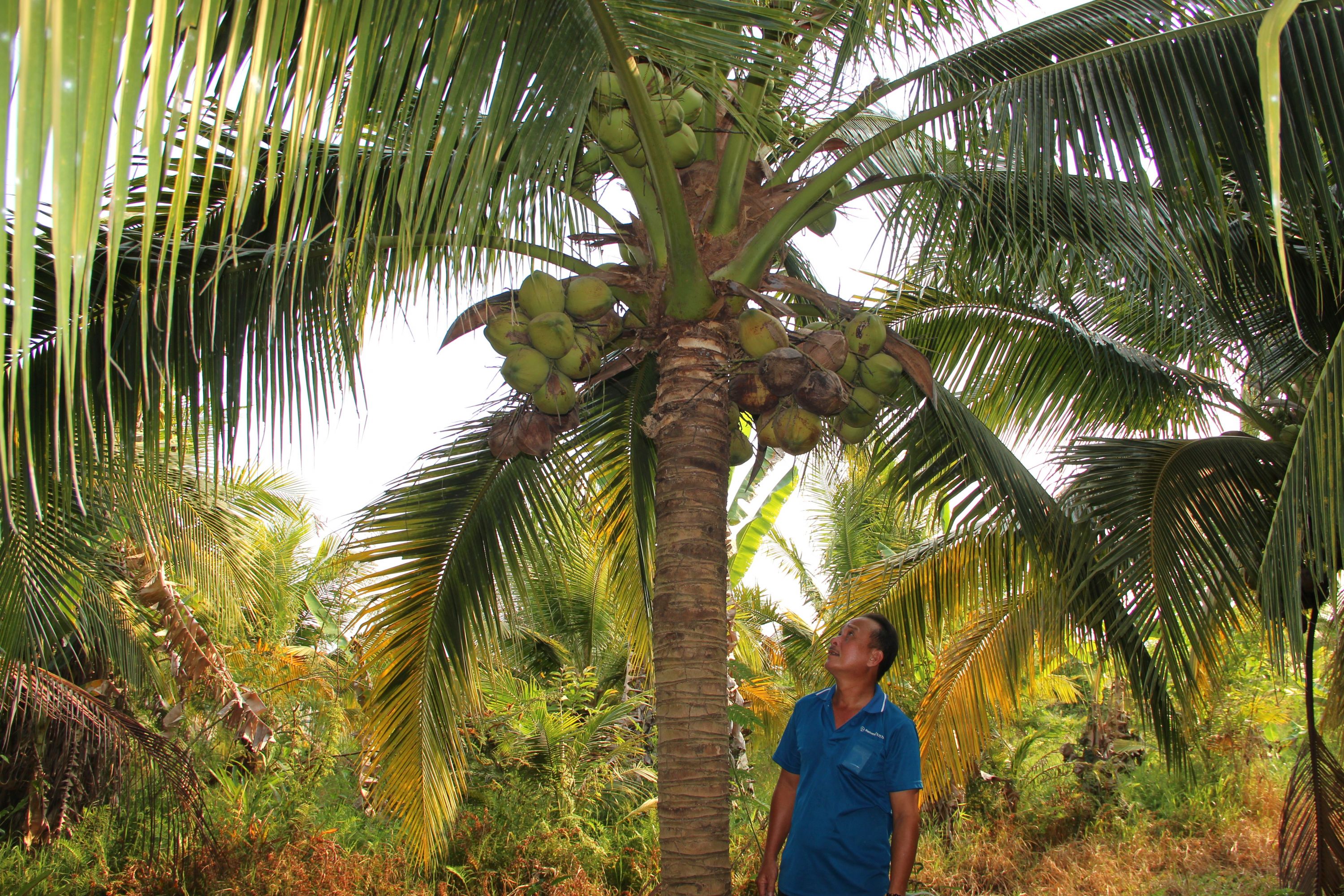

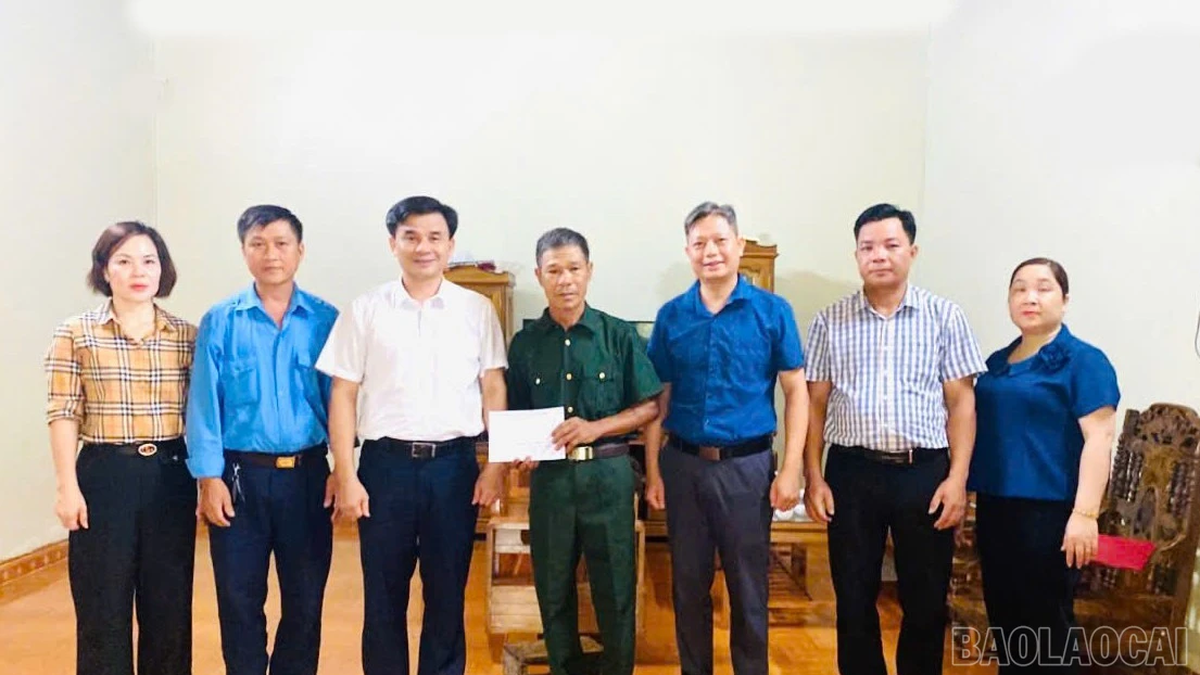
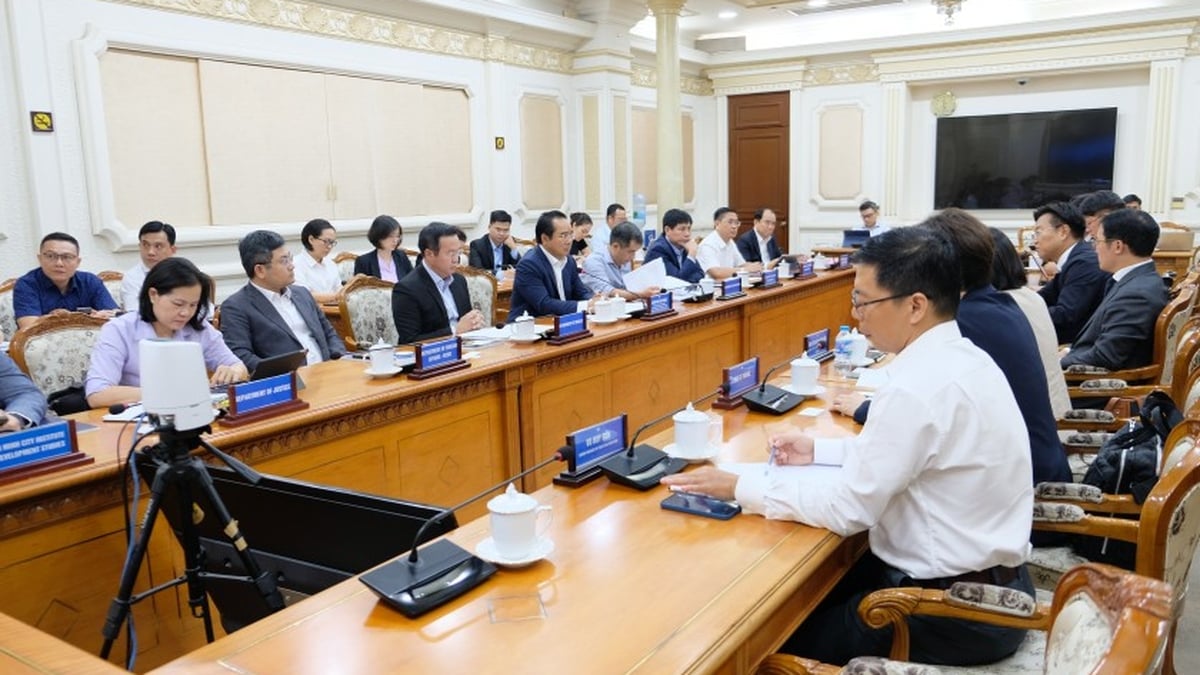
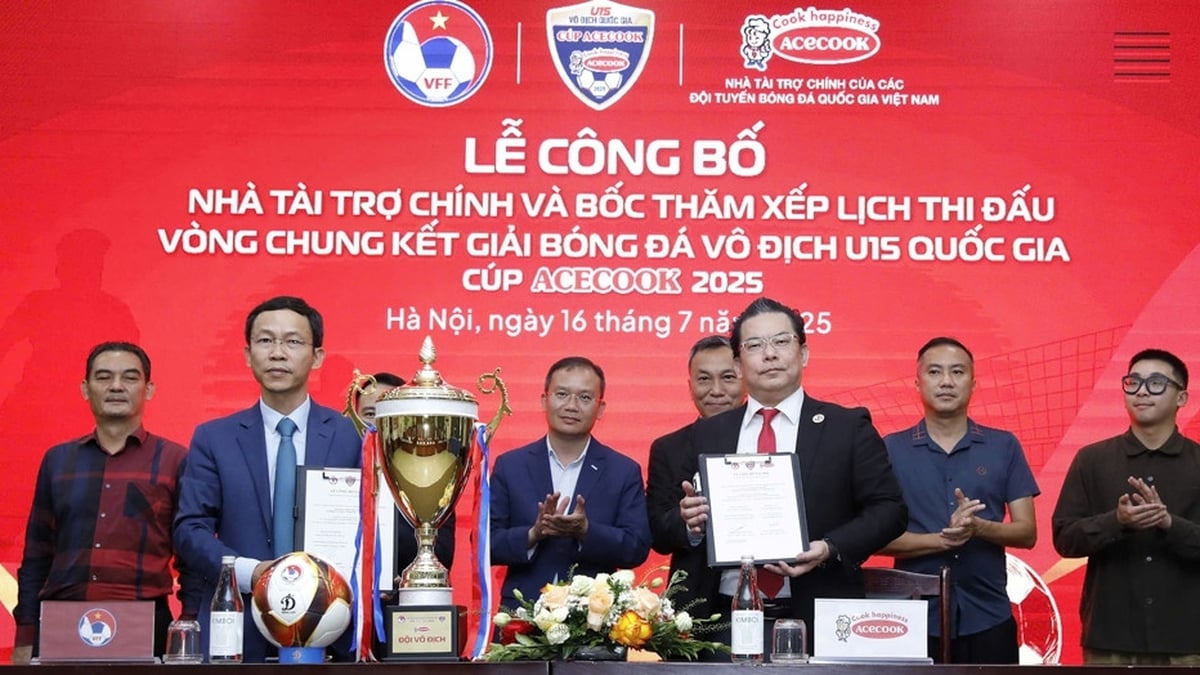
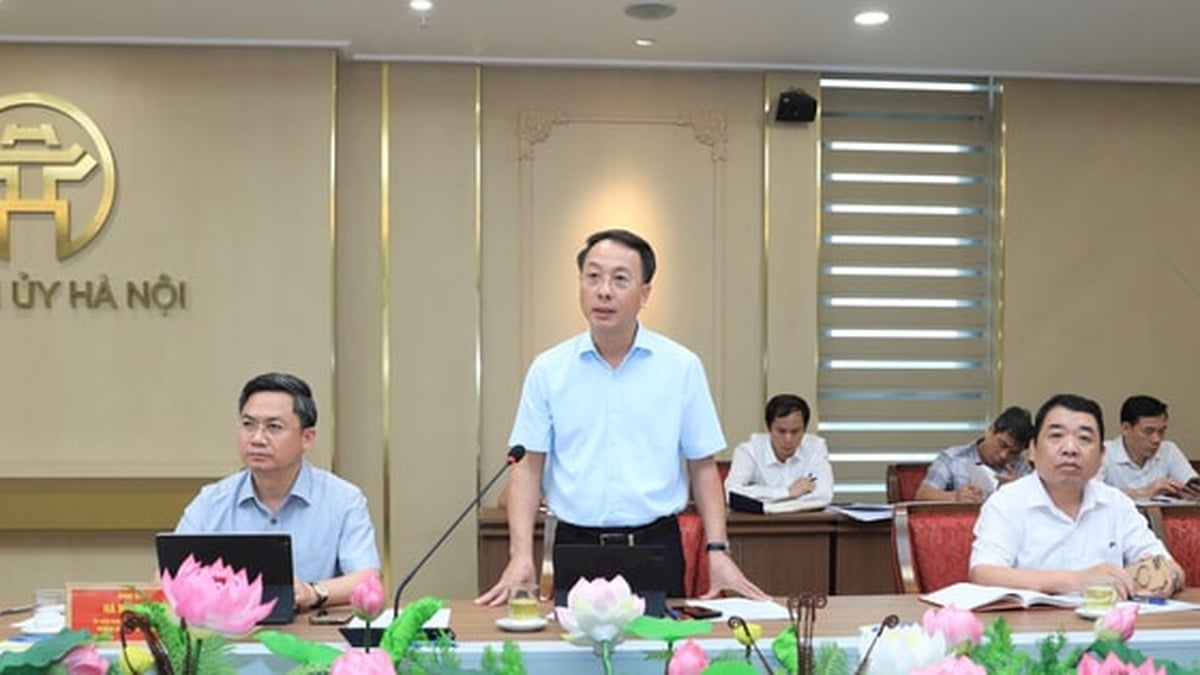
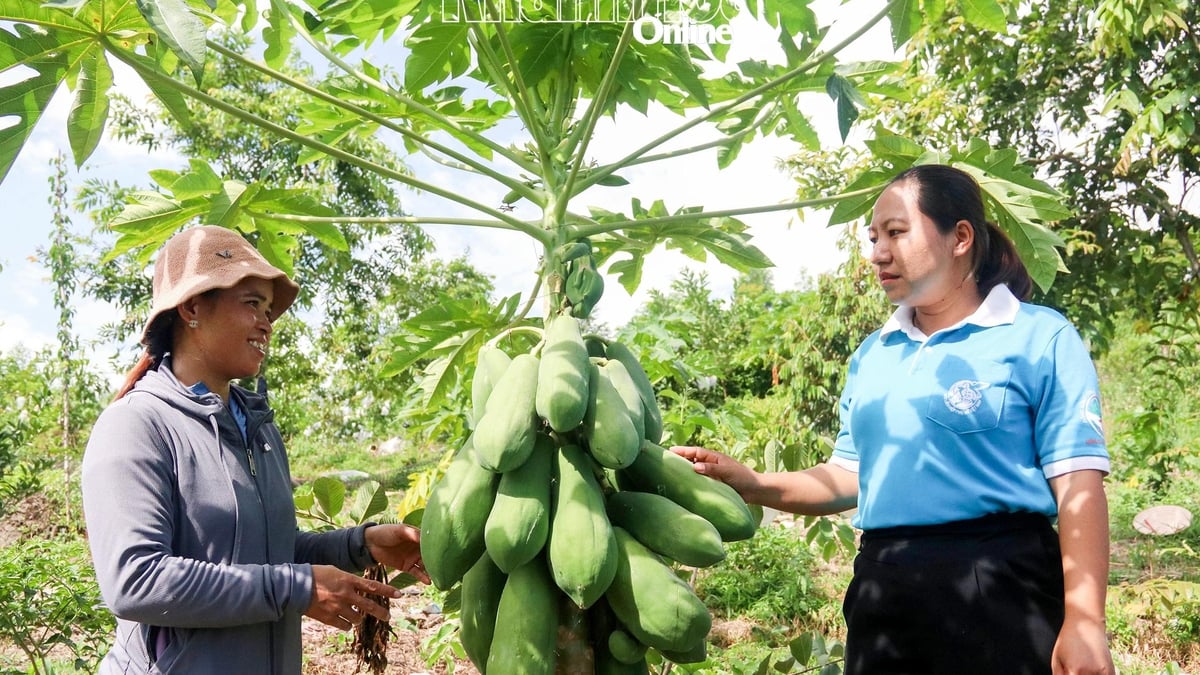
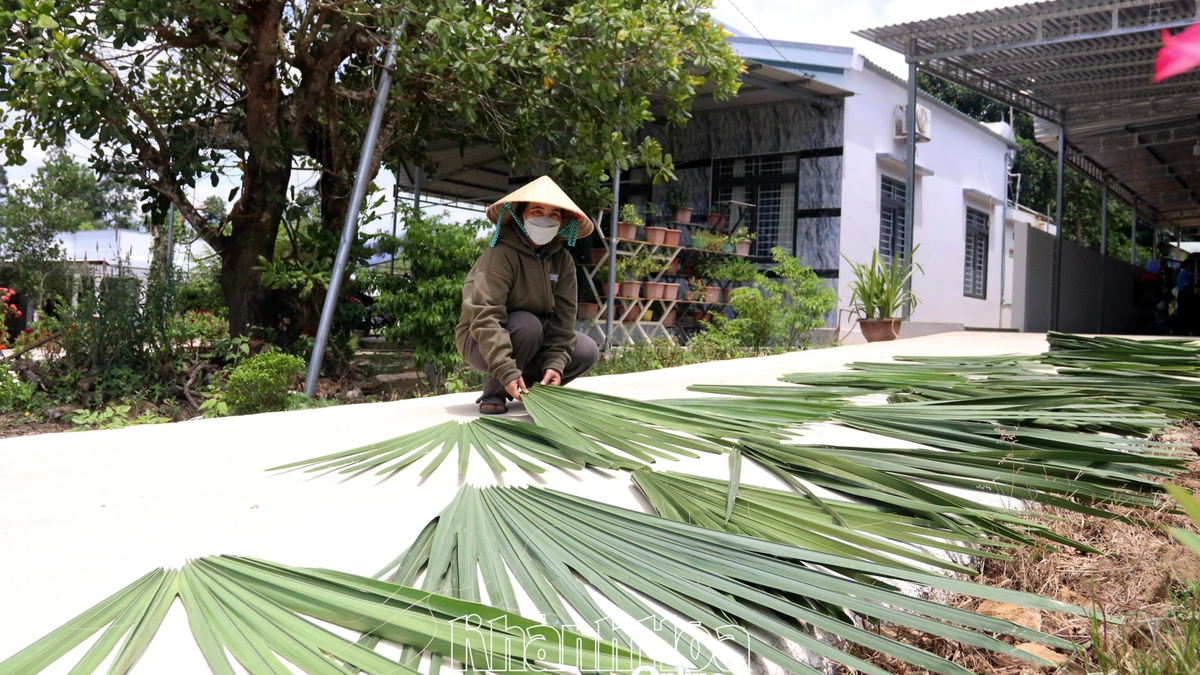

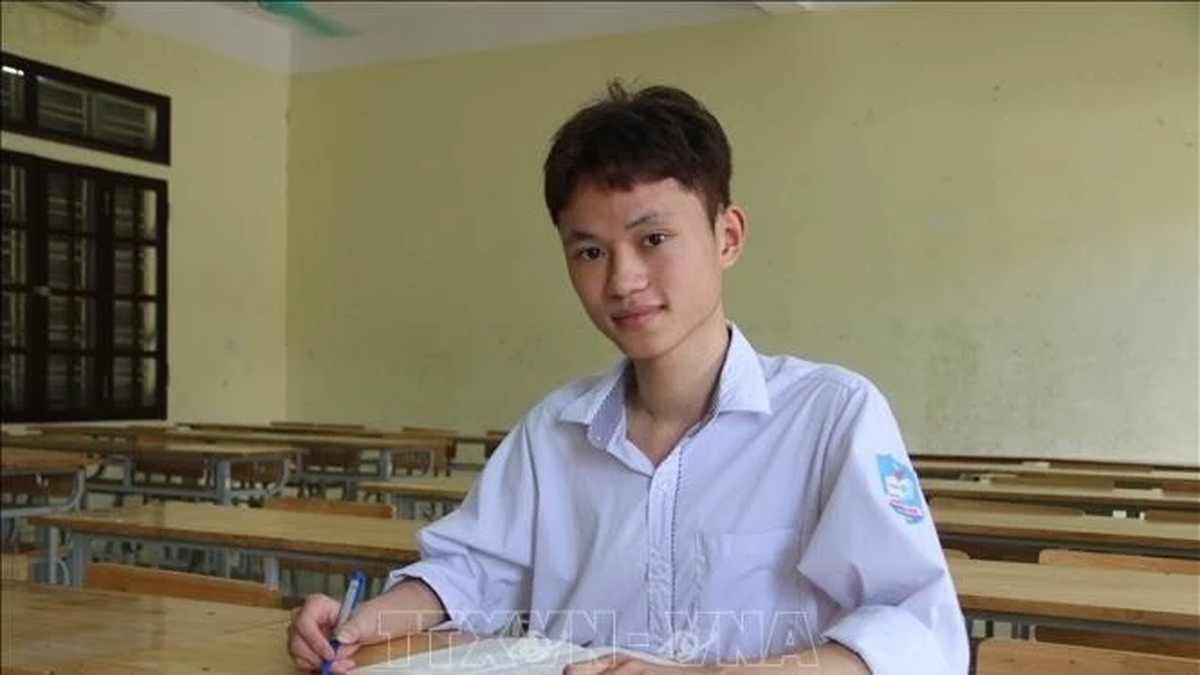
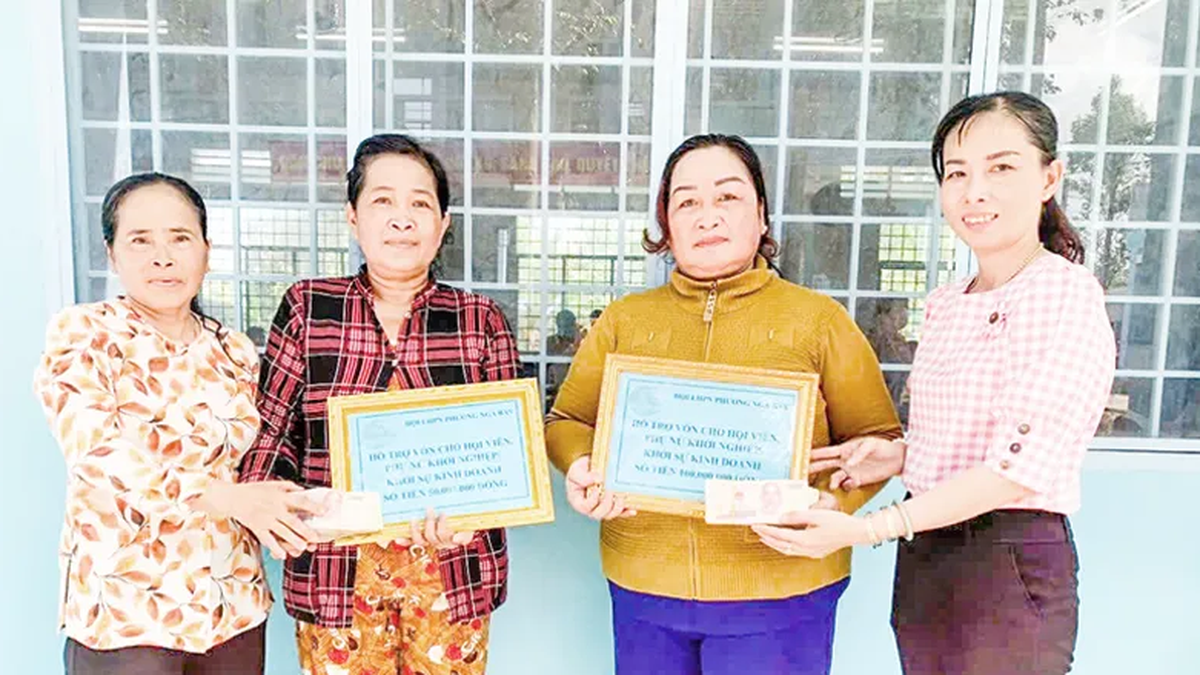









































![[Maritime News] More than 80% of global container shipping capacity is in the hands of MSC and major shipping alliances](https://vphoto.vietnam.vn/thumb/402x226/vietnam/resource/IMAGE/2025/7/16/6b4d586c984b4cbf8c5680352b9eaeb0)













































Comment (0)